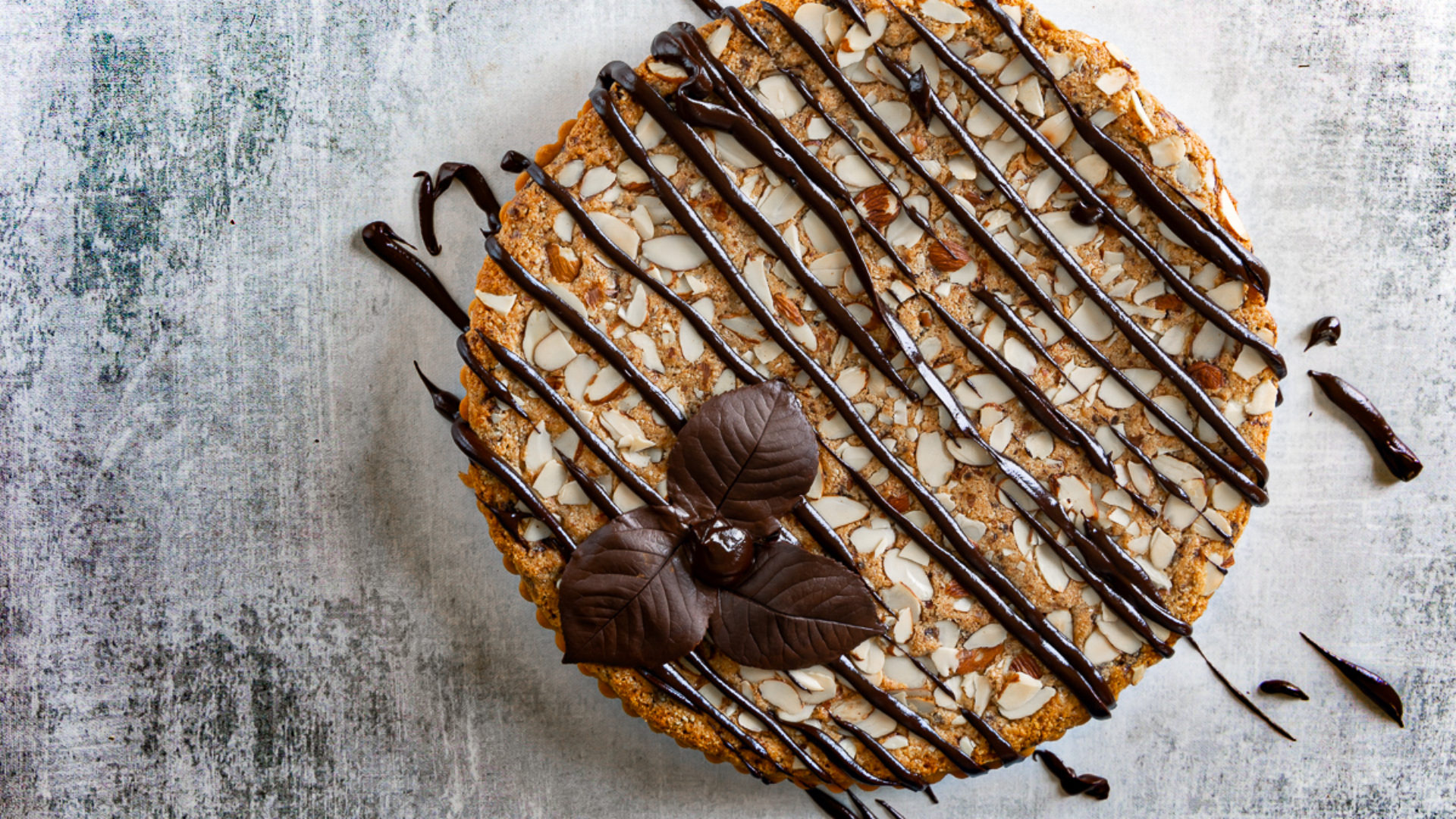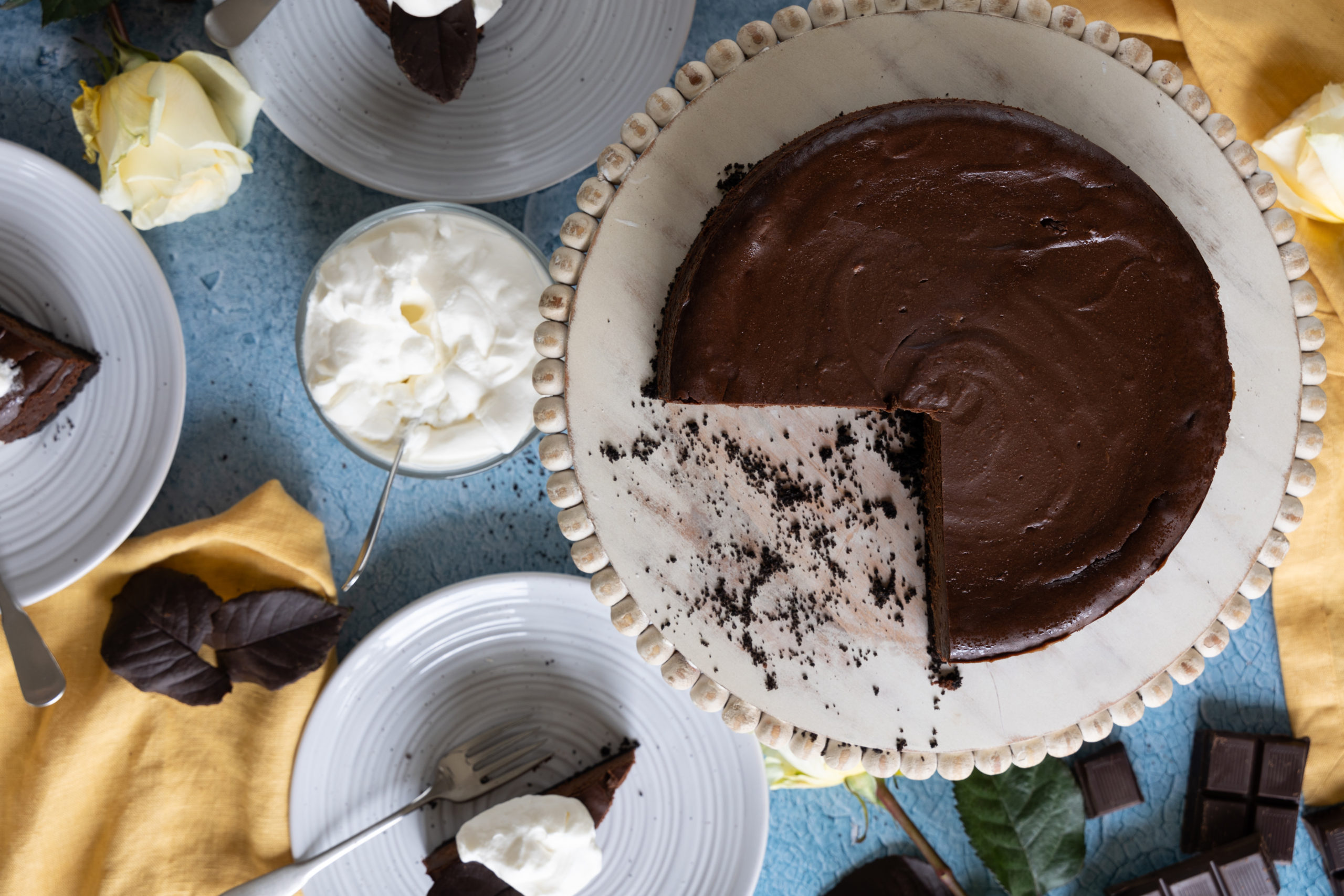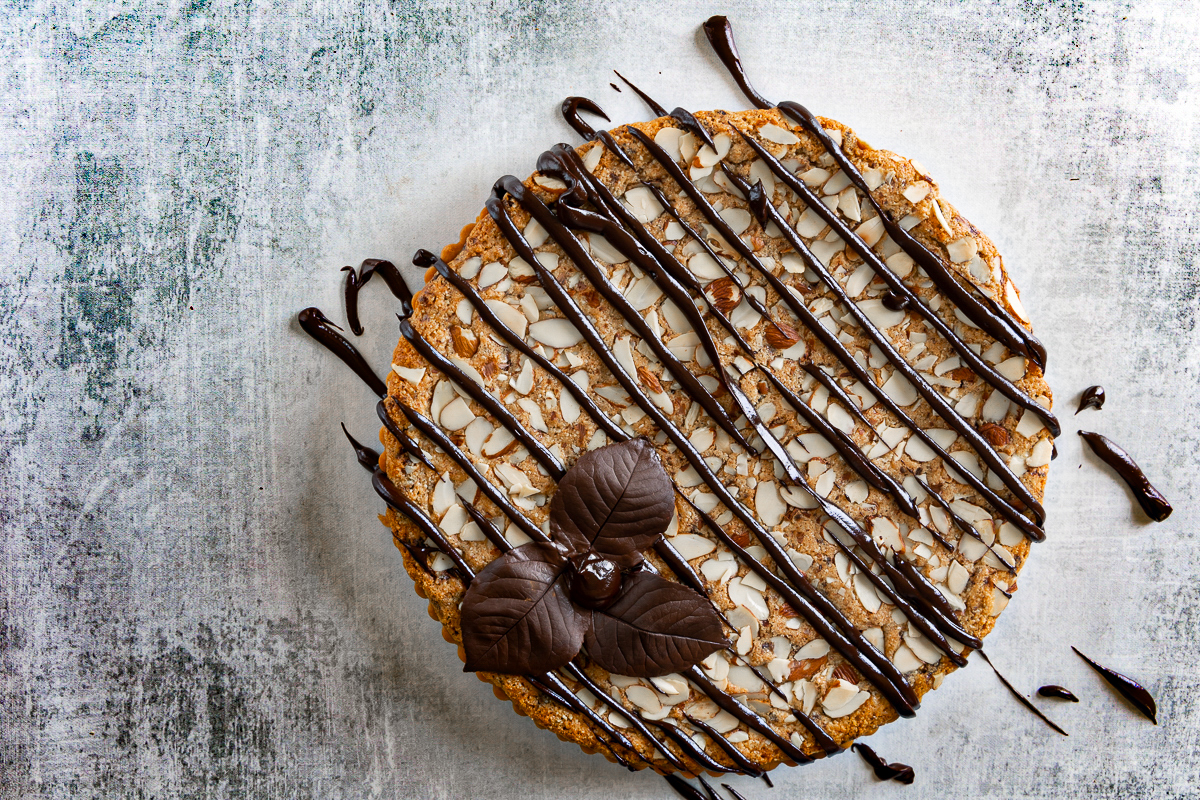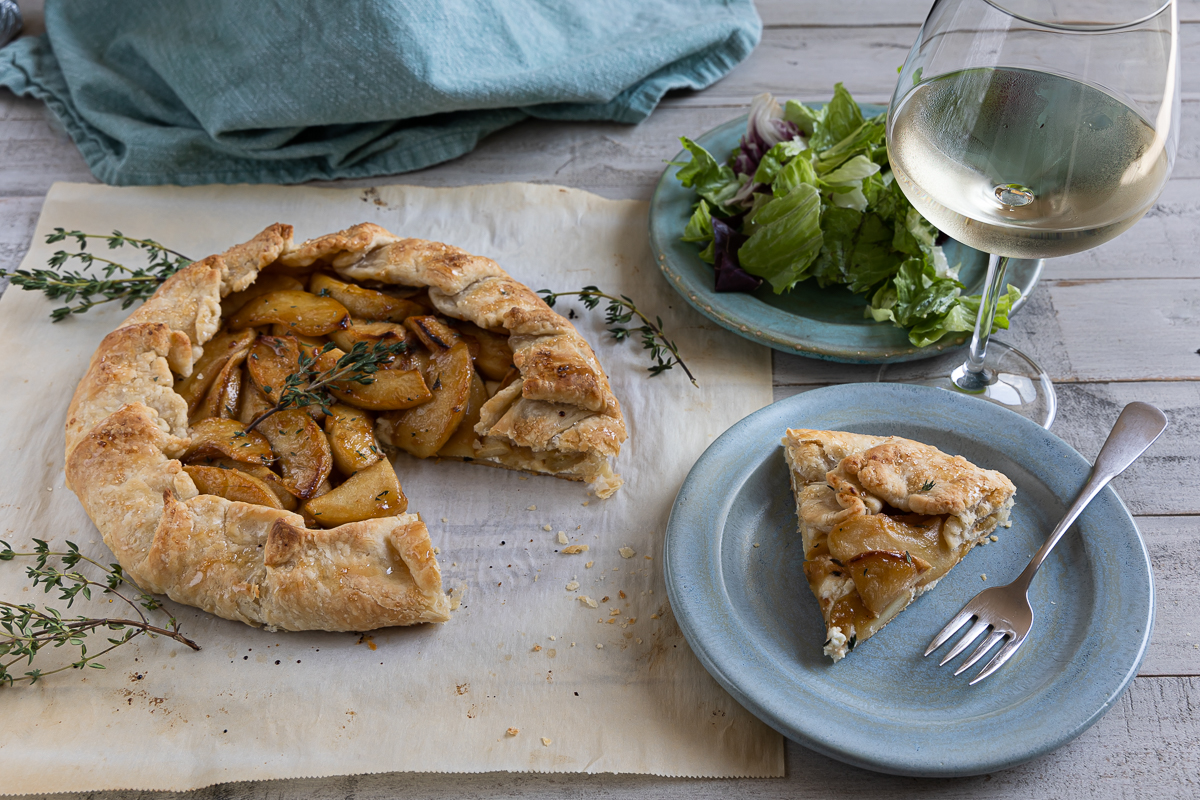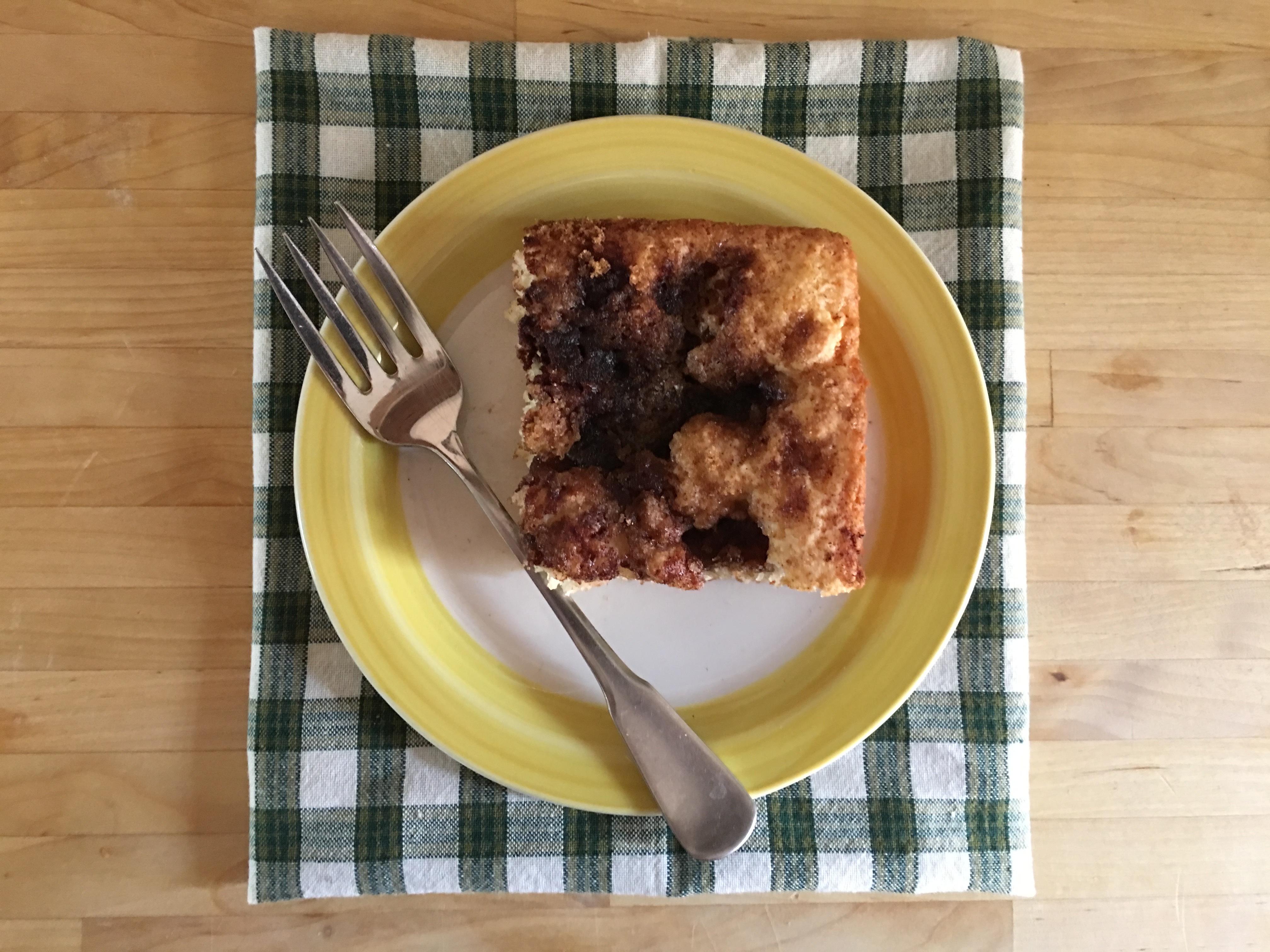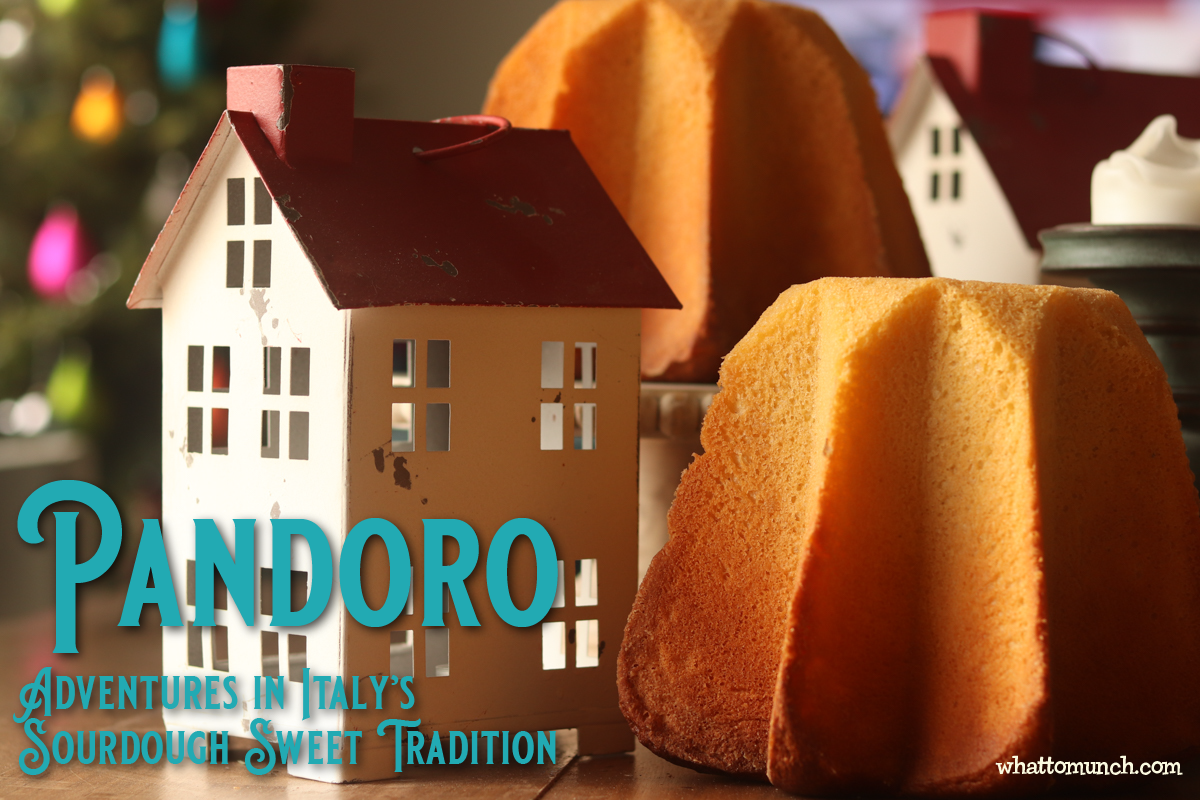Pandoro a labor of Italian Love. A traditional Italian sweet bread made with a sourdough starter, Full of eggs, vanilla, butter, and love. This is a challenge to make but worth the effort.

I posted about Baking Pandoro a few years back. But I wanted to post about this sourdough project again. When people come over to visit, when that is possible again, one of the first things they will see in my kitchen are these beautiful tin star-shaped pandoro molds. They are one of my favorite pans and I just love the look of them. They always garner a comment about what they are for.

Pandoro is a labor of love, But I will warn you it is quite the undertaking. From start to finish it takes most of three days. Mind you, there are long periods that you do not have to do anything as it takes many hours for each dough to raise. But there are also periods of long mixing and kneading too. You will make three different doughs, each successively larger. It will task your mixer and you should only make this if you have a sturdy heavy-duty larger mixer to make this. Even my 6-quart kitchen aide struggles with this recipe. But all this effort will reward you with something special and different than anything you will find and will be a true labor of love. If you are an experienced sourdough baker and want a challenge this is a recipe for you.

Pandoro is an Italian tradition at the holidays. It is a cousin to the more familiar Panettone without all the candied fruits. Fragrant with vanilla and many eggs, this star cone-shaped cakelike bread is delicious. It can be found in most markets especially in the Verona region. The star-shaped pans mimic the mountains that surround Verona. You can find pandoro in some supermarkets and gourmet stores in the US. But homemade is something special. Most pandoro is made in Italian factories, as this is a difficult cake to make. Pandoro in Italy is usually served with a sprinkle of powdered sugar. However, there is a second version that is popular covered in chocolate. I wonder if this would be delicious with the addition of almond flour and the pans coated in sliced almond….mmm, there is another project!

This recipe makes four pandoro. You could cut this in half or even fourths and only make one or two. However, because it is such a project make this dough making four at a time and giving them out at Christmas with the same amount of work it makes sense. Gifting homemade pandoro is wonderful at holidays but I will say it is also special for anytime you want to give out something to friends and family.

The pandoro molds can be hard to find. There is this one from Amazon. I was very lucky several years ago to find some from an importer that, unfortunately, is gone now, that I treasure. You can bake Pandoro in a Bundt pan as an alternative. This Pandoro is a labor of Italian Love

Pandoro can be served either cut into slices that are star-shaped or cut into wedges. I love a slice with coffee. But they are also great served with some port or a glass of whiskey. If you have any leftovers, pandoro makes incredible French toast and the best bread pudding you will ever have.

I truly hope you find some peace and love this holiday season. Please be kind to others and if you can safely spread some holiday cheer with those you love give some joy and smiles. Maybe even with a lovely golden snow-capped Pandoro.

- ¾ cup sourdough starter that has been fed 8 to 12 hours before. 120 grams
- 6 tablespoons lukewarm water around 100° 90 grams
- 1 1/3 cups bread flour 195 grams
- 1 ½ teaspoons instant yeast preferably Saf Instant Gold but you can use regular.
- ¼ cup water at 105° to 115°
- 315 grams or 1 1/3 cups of the first dough,
- 2 ¼ cups bread flour 345 grams
- 3 eggs
- 6 tablespoons sugar 90 grams
- 2 oz hard cocoa butter
- 5 sticks of unsalted butter 550 grams at room temperature preferably European high fat butter, plus more for buttering the molds
- 4 ½ cups bread flour
- 1 ½ teaspoons salt
- the risen dough
- ¼ cup honey
- 12 eggs
- 2 tablespoons vanilla
- 1 tablespoon vanilla bean paste
- 6 egg yolks divided
- 2 1/3 cups sugar 405 grams
- 1/2 cup very soft butter for greasing the pans
- Flour for dusting the pans
- Powdered sugar for finishing
-
To make dough #1.
-
Mix together by hand the sourdough starter the water and the first part of the bread flour.
-
Knead it until you get a smooth ball of dough. Place in a small bowl, cover with plastic wrap and let rise for 4 hours. The dough should be puffed up and doubled in size. You don’t need all of this dough; you will end up throwing out a little bit of it when you measure it out for the second dough. Or you can use the left-over starter for another baking project, like a loaf of bread. Or a second round of Pandoro.
-
To make dough #2:
-
Stir the yeast into the warm water and let stand for 5 minutes, it should start to raise to the surface and start to bubble a bit. This is really just to make sure your yeast is active and to get the yeast going.
-
Place the 2 ¼ cups of bread flour in a mixing bowl.
-
Measure out the amount of Dough #1 that you need (315 grams or about 1 1/3 cups) You can use the remaining sourdough in an upcoming baking project or loaf of bread.
-
Break up the measured-out sourdough into several chunks and add them to the flour in the mixing bowl.
-
Add the yeast, the 3 eggs and the 6 tablespoons of sugar. Knead by machine or by hand until you get a very smooth ball of dough, about 5 to 8 minutes. The dough may take some work to get smooth, but it will eventually smooth out. Place in a large bowl and cover with plastic wrap. You want to really get the gluten strands formed so that this dough will quadruple. Let rise again for 3 to 4 hours or until the dough has quadrupled in size.
-
Meanwhile, heavily butter and flour 4 12-cup Pandoro molds. You may use Bundt pans. (Most of them are also 12 cups.) a spiral fluted one would be beautiful. I use very soft room temperature butter and with a pastry brush make sure all the nooks and crannies are coated very well in butter before I flour them. Flour the buttered molds making sure the flour has coated all of the sides and bottom. You don’t want to have this stick after all your hard work. Doing this ahead will make the final dough mixing easier, as this does take some time to get the pans coated.
-
To Make dough #3
-
Melt the cocoa butter in the microwave until barely melted. Be careful, as it will get very hot. There is hardly any moisture in cocoa butter so it will take some time to melt. Let this cool for a bit so the cocoa butter is still liquid but will not melt the whipped butter.
-
In a mixer, whip the butter until it is light and fluffy.
-
In a steady stream while the mixer is still running, pour in the slightly cooled cocoa butter and whip until the butter is light in color and doubled in volume.
-
Scrape out the butter and set aside. No need to clean the bowl.
-
Into the mixing bowl, stir together the flour and salt. Break up dough #2 into 5 or so pieces and add to the flour mixture along with 9 of the eggs and the honey.
-
Using a dough hook knead the dough for 6 to 7 minutes until the dough is smooth cleans the sides of the bowl and is elastic. You can do this by hand.
-
Add in the remaining 3 eggs and knead until incorporated. Switch to the paddle attachment. To the kneaded dough add 3 egg yolks, vanilla, and vanilla bean paste. Mix at low speed to start and medium after the egg yolks have begun to mix in to prevent splashing. Beat until the eggs have been completely mixed in.
-
Add in the remaining 3 egg yolks and again mix until incorporated, the dough may take a while to mix completely have faith and continue to beat, scraping down the bowl and pushing the dough off the paddle if necessary. This dough will be tough to mix together and the dough will be wanting to cling around the paddle. You will have to scrape the dough off the paddle several times. Be careful, to not overheat your mixer, you can turn the mixer off and let it cool for several minutes during this mixing to let it cool down.
-
At low speed, beat in half of the sugar. Add the remaining sugar and beat until the dough is very smooth.
-
Now add half of the beaten butter mixture. Again, beat until it has been incorporated, you may need to push the dough from the paddle again and scrape the side of the bowl to get it to fully incorporate.
-
Repeat with the remaining butter and beat until the dough is very smooth and fully incorporated as this is the final step (whew!)
-
Divide the dough between the 4 buttered molds. It is really helpful to use a scale for this to get them even. The dough is almost pourable, and you may find that it is easier to just get messy and use your hands to divide and move dough between the molds to get them evenly weighed. This is a messy process, and the dough will be stretchy and sticky all at the same time.
-
The dough will look like it would never get to the top of the molds but, they will eventually quadruple.
-
Cover the filled molds loosely with plastic wrap that has been lightly sprayed with cooking spray or buttered.
-
Let rise for 11 to 12 hours, or even more depending on the temperature of your kitchen and the strength of your starter. It has taken as long as 17- 18 hours. The Pandoro will have risen to the top and have domed slightly over. This is usually overnight. Check them at 11 hours. If they look like they have quadrupled and fully risen remove the plastic wrap to begin to form a skin while you preheat the oven. If they have not fully risen yet don’t fret let them take their time to get there. when they have quadrupled remove the plastic wrap.
-
At this point preheat the oven to 350°.
-
If you are doing this overnight, you can go back to bed for a nap for 45 minutes to an hour. Let the oven completely preheat for at least 30 minutes.
-
Bake the Pandoro for 40 to 50 minutes. The Pandoro will be very golden brown and the center will look like it has fallen slightly in the center, this is normal. They will not raise much in the oven. I find it easier to see if they are done by using an instant read thermometer the pandoro should reach 190°- 205°.
-
Remove from the oven and place the pans on a cooling rack.
-
Let the baked Pandoro rest in the molds for 20 minutes and then invert and unmold to cool completely.
-
Serve generously dusted in powdered sugar if desired. It can be cut into wedges or sliced from the top like stars. If there are any leftovers, they make great French toast or bread pudding.
Here’s a note about timing: if you start at 9 am the day before you bake. You will be mixing the final dough at 5 pm to bake the following morning. It can be shifted to later for instance if you start at 12 noon you will be mixing the final dough at 8 pm. It works like this:
9:00 am dough #1 or start at 12:00 pm
1:00 pm dough #2 4:00 pm
5:00 pm Dough #3 8:00 pm
Bake at 6:00- -9:00 am Bake at 9:00- 11:00 am
Depending on how fast they have risen.





